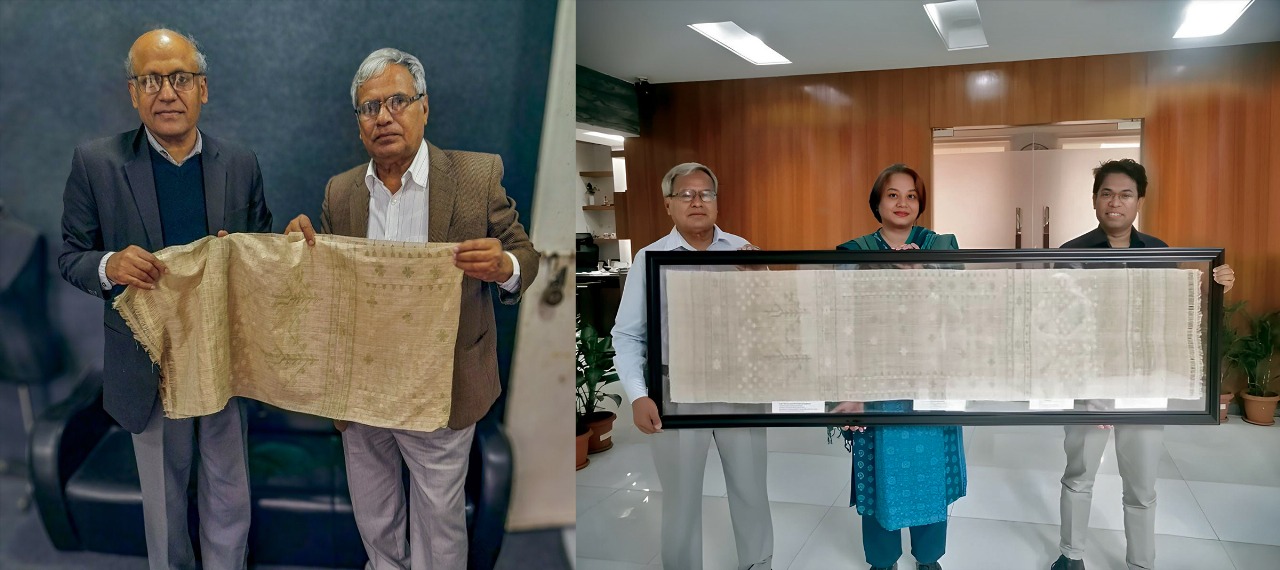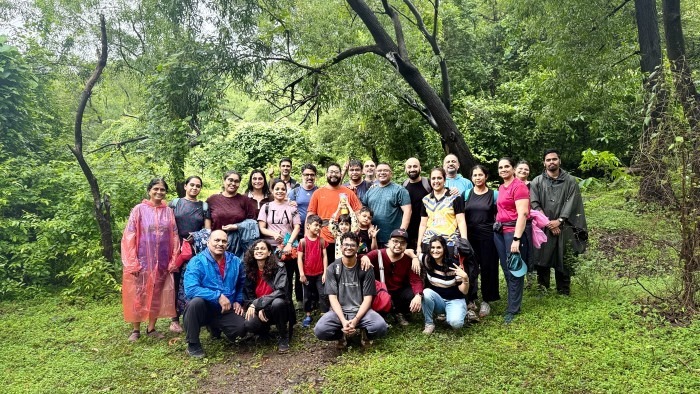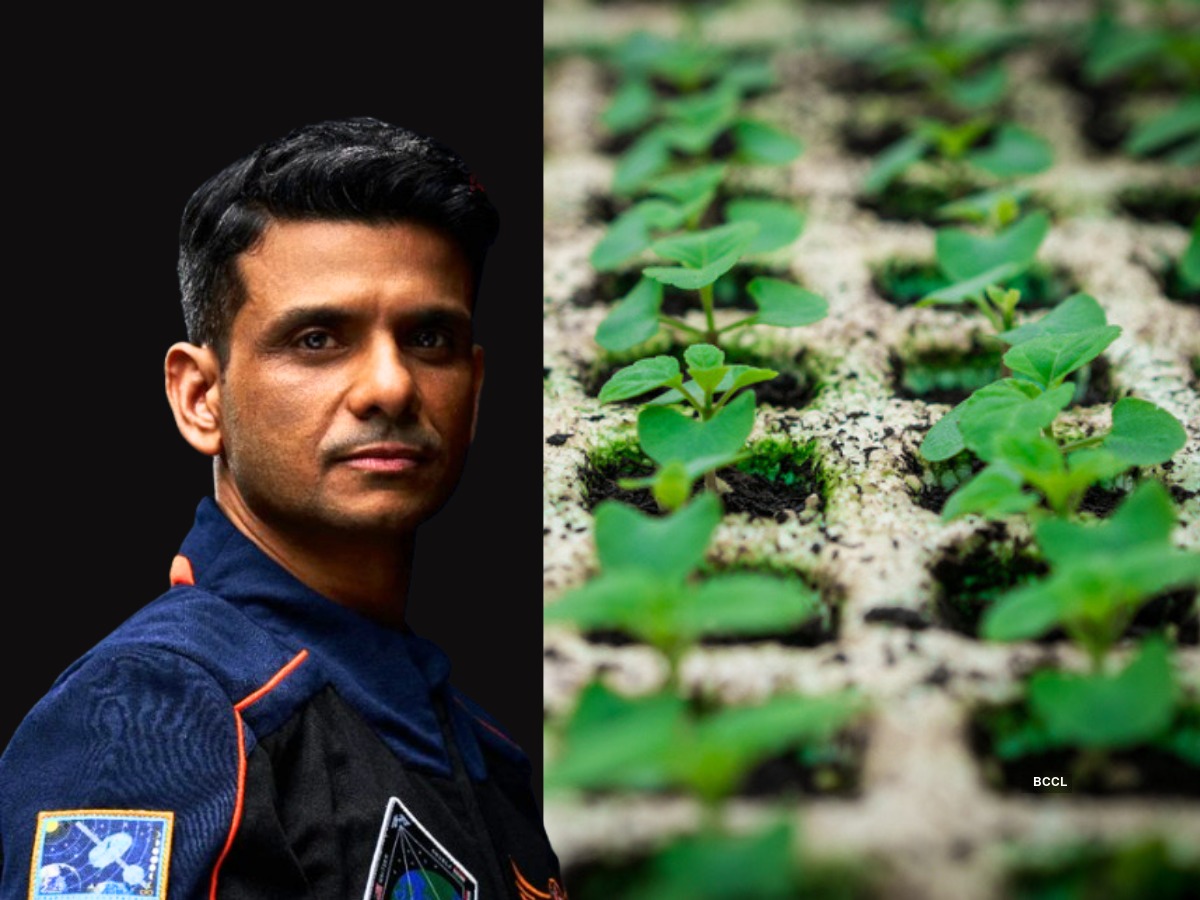
Follow WOWNEWS 24x7 on:
Updated: July 09, 2025 03:22

Bangladesh is making waves in the global fashion and sustainability space with its breakthrough innovation—lotus silk. Derived from the stems of the pink lotus (Nelumbo nucifera), this rare, biodegradable fabric is being hailed as a game-changer for eco-conscious luxury fashion. With its soft texture, natural sheen, and zero-emission production process, lotus silk is positioning Bangladesh as a serious contender in the high-end textile market.
Key Highlights From The Innovation
- Lotus silk is crafted from sticky filaments inside lotus stems, which solidify into fine threads when exposed to air
- The process uses no water, chemicals, or fossil fuels, making it one of the most sustainable fabrics globally
- A six-yard scarf made from lotus yarn is currently displayed at the Bangladesh National Commission for UNESCO
- Each metre of lotus silk requires thread from 40,000 stems; a full garment may need up to 120,000 stems
- Production is rooted in traditional hand-spinning techniques, often using bicycle-part looms
Eco-Friendly Process And Circular Economy
- Lotus stems are harvested without uprooting the plant, allowing for regeneration and ecological balance
- Leftover plant matter is reused as compost or cattle feed, ensuring zero waste
- The entire process is chemical-free and emission-free, aligning with circular economy principles
- Lotus silk is naturally water-resistant, breathable, and wrinkle-free
Empowering Rural Women And Preserving Wetlands
- In Faridpur’s Ronkail village, women are being trained to extract lotus threads, creating new income streams
- From July to December, lotus grows abundantly in wetlands, enabling seasonal employment
- The initiative helps preserve biodiversity by protecting lotus-filled wetlands from industrial conversion
- Women artisans are now part of a global luxury supply chain, gaining dignity and financial independence
Cultural Heritage Meets Modern Sustainability
- The lotus has long symbolised purity in South Asian culture; now it represents ecological innovation
- The project echoes Bangladesh’s legacy of fine textiles, including the revival of Dhaka Muslin
- Lotus silk production draws on heritage weaving techniques like Jamdani and pit loom craftsmanship
Global Market Potential And Industry Impact
- Lotus silk garments are already featured by luxury brands like Loro Piana, with jackets priced over USD 5,000
- Bangladesh’s version is more efficient—requiring fewer stems than Cambodia or Myanmar for the same yield
- The yarn is priced between USD 2,500 and USD 4,000 per kilogram, reflecting its premium status
- With abundant wetlands and skilled labour, Bangladesh could become a global leader in sustainable luxury textiles
Research And Future Roadmap
- Bengal Plants Research and Development (BPRD) initiated the project in 2021 with UNESCO support
- Researchers are exploring plant breeding and biotechnology to enhance cellulose yield in lotus stems
- The Bangladesh Handloom Board and BGMEA are backing the initiative for commercial scaling
- Plans include natural dyeing techniques, semi-automatic looms, and international promotion
Outlook And Strategic Significance
Lotus silk is more than a textile—it’s a symbol of how tradition, ecology, and innovation can converge to create a sustainable future. As global fashion pivots toward ethical sourcing and climate-conscious materials, Bangladesh’s lotus silk offers a compelling narrative and a tangible solution. With the right investment and policy support, this wetland wonder could become the country’s trump card in the global luxury market.
Sources: The Daily Star, Asia News Network, Eco-Business, Luxuri Magazine, Global Textile Source, Mongabay.com, Bangladesh Handloom Board, BGMEA, UNESCO Bangladesh Commission





